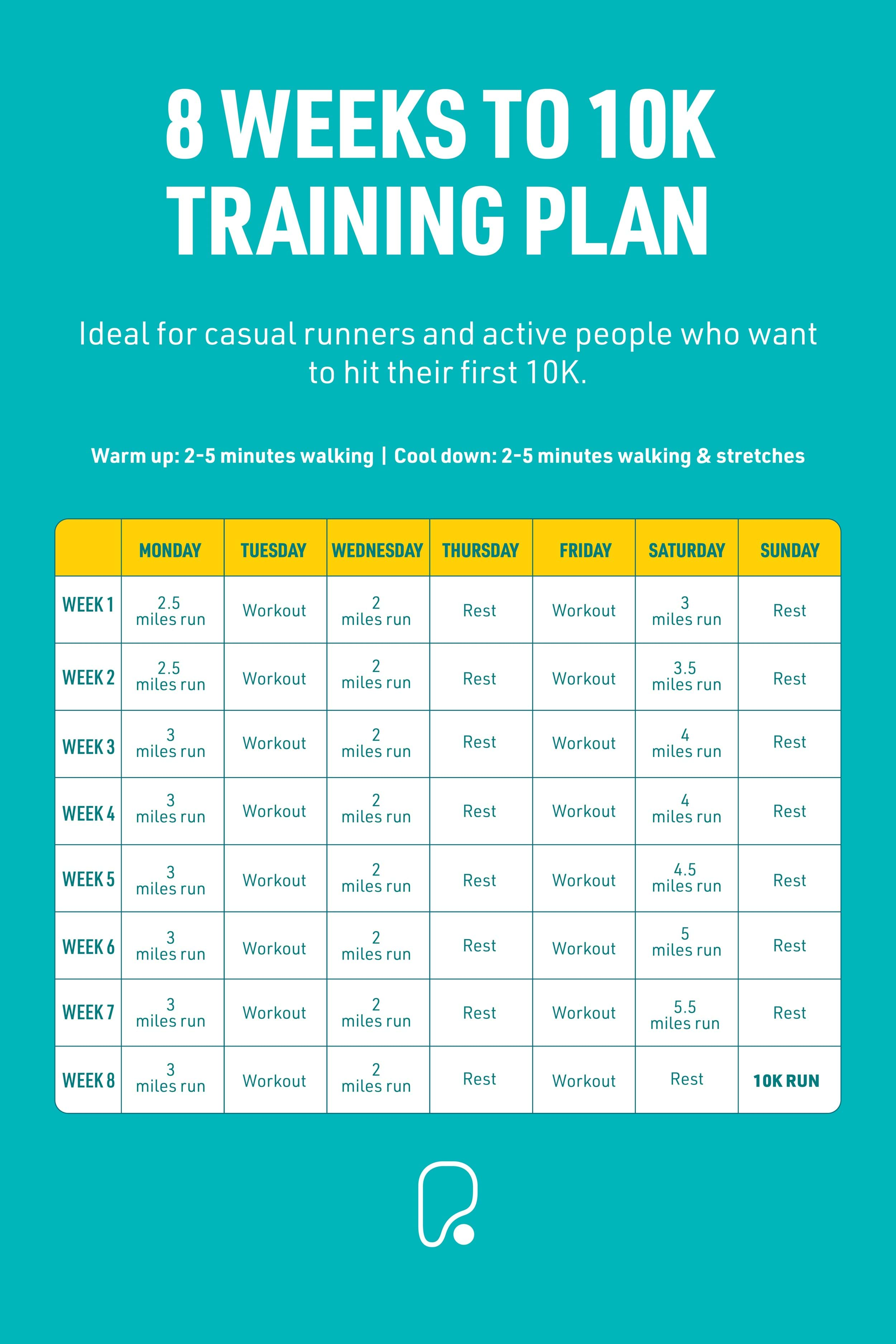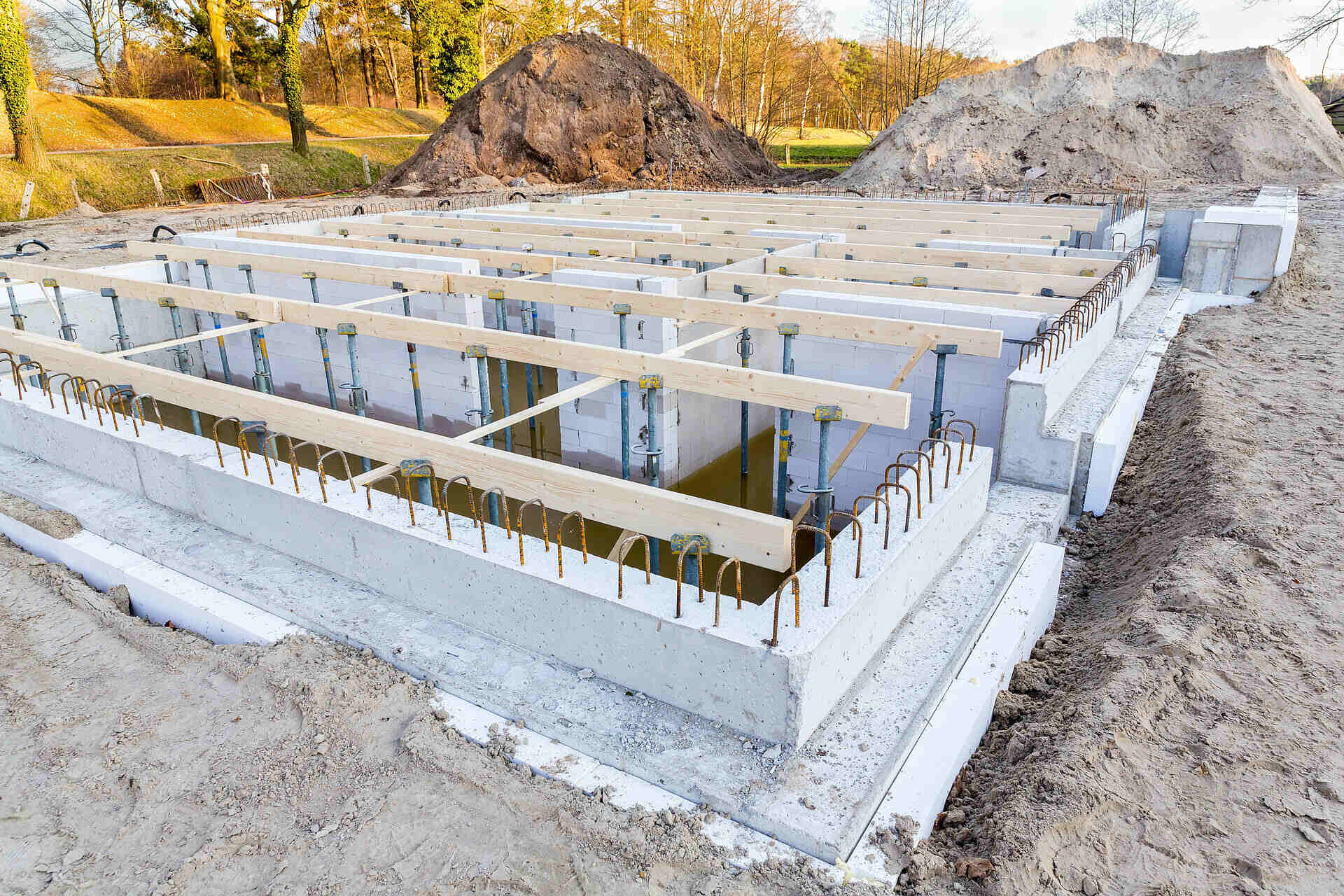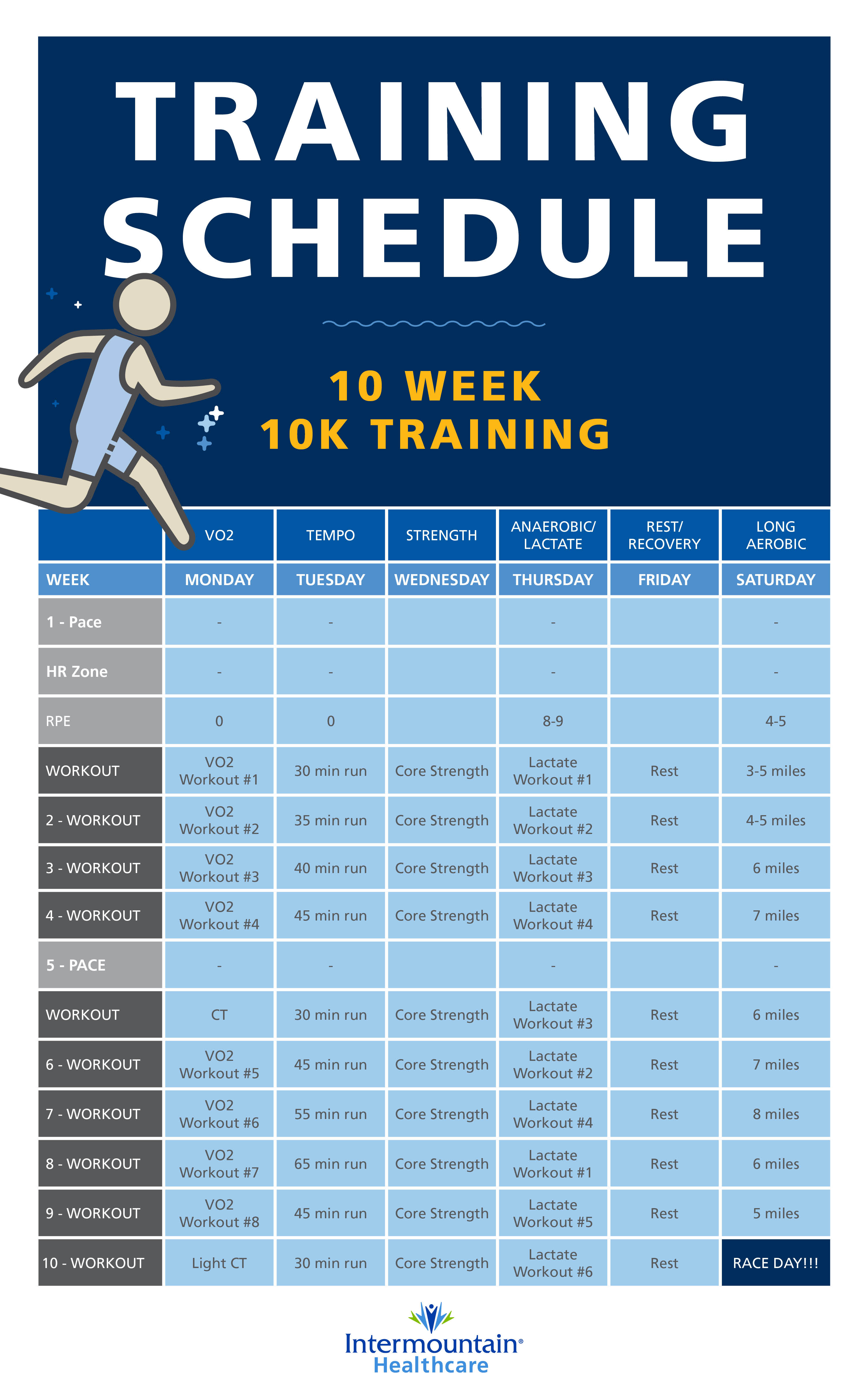Understanding the Training Duration: How Long Does It Take to Train for a 10K Run?
Embarking on a 10K training journey requires dedication, discipline, and patience. The question “how long does it take to train to run 10k” is common among beginners, and the answer varies depending on individual circumstances and goals. Typically, training for a 10K race might take between 8 to 12 weeks, although some runners may need more or less time. It’s essential to approach 10K training with a long-term mindset, focusing on gradual progression and consistency.
Initial Stage: Building a Foundation
The first stage of training for a 10K run focuses on building a solid foundation, which is crucial for success. This phase typically lasts between 3 to 4 weeks and includes three primary elements: establishing a running base, setting realistic goals, and incorporating cross-training activities. During this stage, the emphasis is on gradually increasing your running volume while minimizing the risk of injury.
To build a strong foundation, start by assessing your current fitness level. If you are new to running, consider consulting a healthcare professional before starting a new exercise program. Next, establish a running base by gradually increasing your weekly mileage. A common approach is to follow the “10% rule,” which suggests increasing your weekly mileage by no more than 10% to avoid overloading your body and risking injury.
In addition to building a running base, setting realistic goals is vital for maintaining motivation and tracking progress. Be specific when defining your goals, and consider using the SMART (Specific, Measurable, Achievable, Relevant, Time-bound) goal-setting framework. For example, a SMART goal might be to run a 10K race in under 60 minutes within six months.
Lastly, incorporating cross-training activities into your routine can help improve overall fitness, flexibility, and strength. Cross-training activities, such as swimming, cycling, or strength training, can complement your running program by targeting different muscle groups and providing an active recovery alternative to running.
Intermediate Stage: Enhancing Endurance and Speed
As you progress in your 10K training journey, the intermediate stage becomes crucial for enhancing endurance and speed. This phase typically lasts between 4 to 6 weeks and involves three key components: structured workouts, increasing mileage, and improving running form and technique. By focusing on these elements, you can build a stronger running foundation and prepare for the advanced stage of training.
Structured workouts are essential for improving running performance. These workouts often include interval training, tempo runs, and hill repeats, each targeting different aspects of your fitness. Interval training, for example, can help increase your running speed and cardiovascular fitness, while tempo runs can improve your lactate threshold, allowing you to maintain a faster pace for longer periods.
Increasing your weekly mileage is another critical aspect of the intermediate stage. Continue to follow the “10% rule” to avoid overloading your body and risking injury. Gradually increasing your mileage will help improve your muscular endurance and overall fitness, making it easier to maintain a consistent pace during your 10K race.
Improving your running form and technique is also vital during this stage. Focus on maintaining an upright posture, engaging your core, and landing midfoot or forefoot, if possible. Additionally, work on your arm swing and cadence, aiming for a quick, efficient stride. By refining your running form, you can reduce your risk of injury and improve your overall efficiency, making it easier to cover longer distances.
Advanced Stage: Peak Training and Race Preparation
The advanced stage of 10K training is the final phase before the race, typically lasting between 3 to 4 weeks. During this stage, you will focus on peak training, taper periods, and mental preparation strategies for race day. This phase is crucial for refining your fitness, sharpening your speed, and ensuring you are well-rested and ready to perform your best on race day.
Peak training involves pushing your body to its limits, often during high-intensity workouts or long runs. This phase should be approached with caution, as overtraining can lead to injuries or burnout. Gradually increase the intensity and duration of your workouts, while ensuring adequate recovery time. This period is also an excellent opportunity to practice race-day strategies, such as pacing, nutrition, and hydration.
Tapering is a critical aspect of the advanced stage, allowing your body to recover and rejuvenate before the race. During the taper period, gradually reduce your mileage and intensity, usually over 1 to 2 weeks. This reduction in training volume allows your muscles to recover from the rigors of peak training, ensuring you are well-rested and ready to perform at your best on race day.
Mental preparation is equally important during the advanced stage of 10K training. Developing mental resilience and a positive mindset can significantly impact your race-day performance. Techniques such as visualization, positive self-talk, and goal-setting can help you maintain focus, manage race-day nerves, and push through challenging moments during the race.
Personal Factors to Consider: Age, Fitness Level, and Lifestyle
Individual factors, such as age, current fitness level, and lifestyle, can significantly influence the duration and intensity of 10K training. Understanding these factors can help you create a personalized training plan that suits your unique needs and circumstances. Here, we discuss how these factors can impact your 10K training journey.
Age
Age can affect your running performance and recovery rate. Generally, older runners may require more time to adapt to increased training loads and longer recovery periods between intense workouts. However, age should not be a barrier to running a 10K, and many older runners can achieve their goals with proper planning and patience. Adjusting your training pace and volume according to your age and abilities can help ensure a successful and enjoyable 10K experience.
Fitness Level
Your current fitness level plays a significant role in determining how long it takes to train for a 10K run. Beginners may need more time to build a running base and develop the necessary endurance and strength. In contrast, experienced runners may require less time to prepare for a 10K race. Regardless of your starting point, it’s essential to set realistic goals and progress gradually, focusing on consistency and patience rather than rushing your training.
Lifestyle
Lifestyle factors, such as work, family, and social commitments, can impact your 10K training schedule. Balancing your training with other aspects of your life is crucial for maintaining motivation and avoiding burnout. Consider incorporating flexibility into your training plan, allowing for adjustments due to changes in your personal schedule. Additionally, seeking support from friends, family, or running partners can help you stay committed to your training goals and make the journey more enjoyable.
Training Adjustments: Handling Setbacks and Modifications
Even with careful planning, unforeseen circumstances such as injuries, illnesses, or changes in personal schedules can disrupt your 10K training plan. Here, we provide guidance on adjusting your training to accommodate these setbacks and modifications, ensuring you can still reach your goals despite unexpected challenges.
Injuries and Illnesses
Injuries and illnesses are common setbacks for runners. If you find yourself sidelined due to an injury or illness, it’s essential to consult a healthcare professional before resuming your training. Depending on the severity of the issue, you may need to take a complete break from running or modify your workouts to accommodate your current condition. In some cases, cross-training activities such as swimming or cycling can help maintain fitness while recovering from an injury.
Changes in Personal Schedules
Changes in personal schedules, such as increased work demands or family obligations, can also impact your 10K training plan. In these situations, it’s crucial to prioritize your running goals and make adjustments accordingly. Consider reducing the volume or intensity of your workouts, or rearranging your training schedule to accommodate your new commitments. Maintaining open communication with your support network can also help you stay motivated and on track during challenging times.
Strategies for Adjusting Your Training Plan
When adjusting your 10K training plan due to setbacks or modifications, consider the following strategies:
- Re-evaluate your goals: Reassess your running goals and adjust them based on your current situation. Be realistic about what you can achieve given your new circumstances.
- Modify your training schedule: Adapt your training plan to fit your new schedule, focusing on the most critical workouts and eliminating or reducing less important sessions.
- Maintain consistency: Aim to maintain consistency in your training, even if you need to reduce the volume or intensity of your workouts. Consistency is key to long-term progress and success.
- Seek support: Reach out to your running partners, coach, or online running communities for advice, encouragement, and motivation during challenging times.
Post-Race Considerations: Recovery and Future Goals
Completing a 10K race is a significant accomplishment, and it’s essential to prioritize recovery and set new running goals to continue your progress and maintain motivation. Here, we discuss the importance of post-race recovery and how to establish new running objectives after completing a 10K.
Post-Race Recovery
Proper recovery is crucial after a 10K race to allow your body to heal, rejuvenate, and prepare for future training. Here are some tips for effective post-race recovery:
- Rest and recover: Take a few days off from running to allow your body to heal. Engage in light activities such as walking, stretching, or yoga to promote blood flow and aid in recovery.
- Rehydrate and refuel: Replenish your body with fluids and nutrients lost during the race. Focus on consuming a balanced diet rich in protein, carbohydrates, and healthy fats to support muscle repair and recovery.
- Cross-train: Incorporate cross-training activities such as swimming, cycling, or strength training to maintain fitness while giving your running muscles a break.
- Gradually return to running: Resume running at a reduced volume and intensity, allowing your body to adapt to the new training load. Gradually increase your mileage and intensity over several weeks.
Setting New Running Goals
Once you’ve recovered from your 10K race, it’s time to establish new running goals. Consider the following factors when setting new objectives:
- Assess your performance: Reflect on your 10K race experience, analyzing your strengths and areas for improvement. Use this information to set realistic and achievable goals for your next race or training cycle.
- Consider personal factors: Take into account your age, current fitness level, and lifestyle when setting new running goals. Ensure your objectives align with your personal circumstances and are compatible with your other commitments.
- Incrementally increase difficulty: Challenge yourself by incrementally increasing the difficulty of your running goals. Aim to improve your performance, distance, or speed in your next race or training cycle.
- Seek support: Share your new running goals with your running partners, coach, or online running communities. Their encouragement and advice can help you stay motivated and accountable as you work towards your objectives.
Inspirational Stories: Real-Life Examples of 10K Training Success
Reading about the experiences of other runners who have successfully trained for a 10K can be both motivational and informative. Here, we share the stories of three individuals who overcame various challenges and achieved their 10K training goals.
Story 1: Overcoming Injury
John, a 35-year-old office worker, had been an avid runner for years. However, a persistent knee injury forced him to take a break from running for several months. Determined to return to the sport he loved, John sought professional advice and gradually reintroduced running into his routine. With patience, consistency, and a modified training plan, John successfully completed his first 10K race, six months after his injury.
Story 2: Balancing Family and Training
Sarah, a 40-year-old mother of two, always dreamed of running a 10K race. However, finding the time to train while balancing work and family commitments seemed impossible. By incorporating her family into her training plan, Sarah found creative ways to stay active and committed to her goals. She ran with her children in a stroller, involved them in cross-training activities, and utilized early morning or late-night runs for solo training sessions. After 12 weeks of dedicated training, Sarah crossed the finish line of her first 10K race, surrounded by her proud family.
Story 3: From Couch to 10K
Mark, a 50-year-old businessman, had never been a runner but wanted to improve his fitness and overall health. With no running experience, Mark started from scratch, building a solid running base and gradually increasing his mileage. Over the course of six months, Mark transformed his lifestyle, going from a sedentary routine to completing his first 10K race. His journey inspired colleagues, friends, and family members to join him in his pursuit of a healthier lifestyle.
These inspirational stories demonstrate that with patience, consistency, and determination, anyone can successfully train for a 10K run. By learning from the experiences of others and applying their strategies to your unique situation, you too can achieve your 10K training goals.








